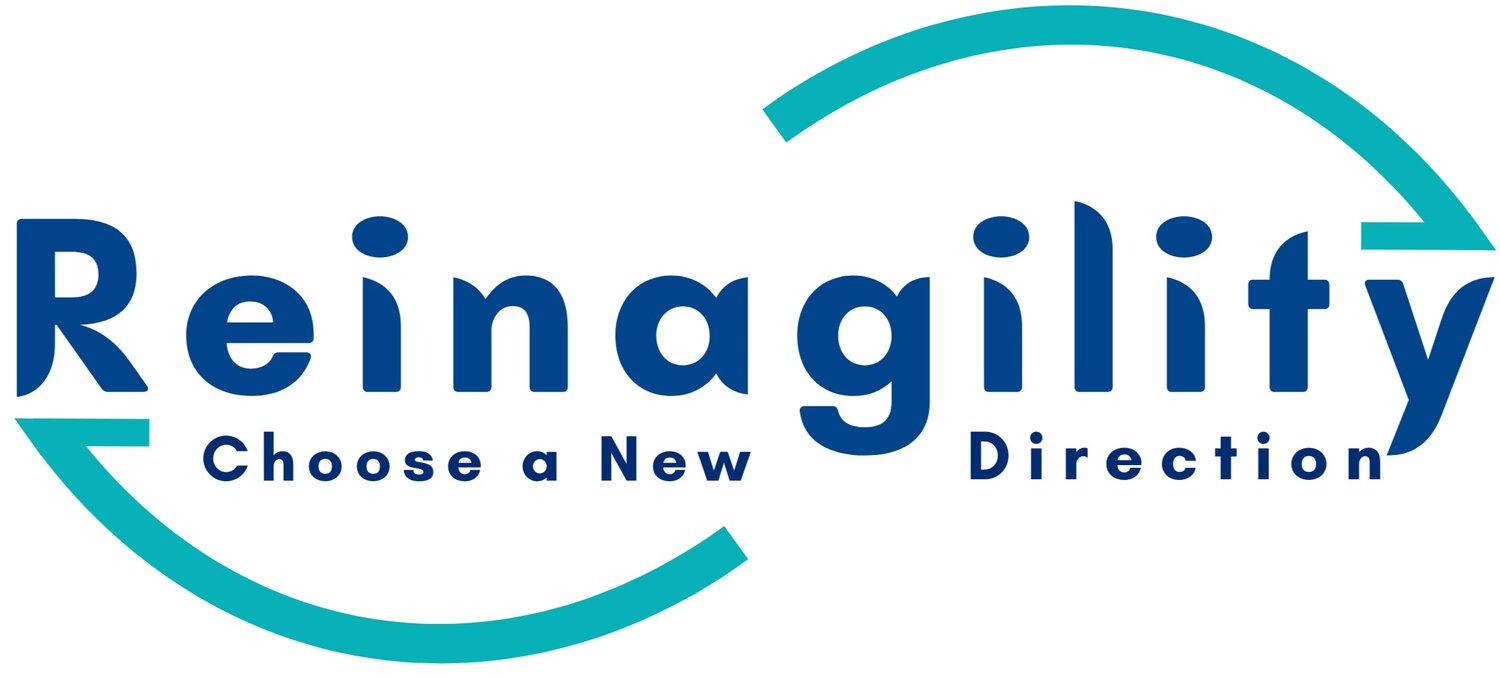The Vulnerability of Becoming: Embracing Change
“We would rather be ruined than changed; we would rather die in our dread than climb the cross of the moment and let our illusions die.”
In my previous post, we explored the vital role of self-disruption - proactively driving change from within and cultivating the adaptability to thrive amidst uncertainty. However, as Eliot's quote reminds us, many of us "would rather be ruined than changed" and "would rather die in our dread than climb the cross of the moment and let our illusions die."
These poetic words capture the human resistance and fear that so often accompanies the self-disruption journey. But, are Eliot's words true for everyone and for every type of change and transition? I'd argue that it is not.
Eliot does speak, though, of the deeply ingrained human tendency to cling to familiarity, comfort, and the illusion of stability, even when it might hinder our growth and progress. It captures the essence of resistance—the instinct to recoil from the unknown, to cling to the known, even if it holds us back. For many, it is far easier to cling to comfortable illusions and limiting beliefs than to ascend that metaphorical "cross of the moment" required for transformation.
Yet what are these illusions to which we so desperately grasp?
Perhaps the illusion of certainty and control - that if we simply maintain the status quo, life will remain predictable and secure.
Perhaps the illusion of identity - that who we are today is permanent and any deviation from that fixed self is dangerous.
Or maybe the illusion of success - that our current path is the sole road to meaning, status, or prosperity.
Regardless of their form, these illusions provide a false sense of safety and stasis. They insulate us from unfamiliar realities that might upend our worldviews. But in our desperation to avoid "dying to our dread," we suffocate the growth required for our souls to breathe new life.
But here's the paradox: while change may be feared and resisted, it's also the very catalyst for growth, innovation, and renewal. And self-disruption, at its core, demands that we release these illusions and confront our truths with courage. It requires scaling the cross of discomfort to let our old selves and stories fall away. Only from those precarious heights can we gain the perspective for genuine rebirth. Like the mythical phoenix rising from the ashes, transformation often requires shedding old habits, beliefs, and paradigms—the willingness to let go of the past to embrace the future.
But it is a sacrificial, vulnerable process - one that takes tremendous self-awareness and resilience. How many of us truly possess the fortitude to "let our illusions die" and be remade anew?
However, what if our self-disruption journeys became, not crosses of death, but cocoons of profound unfolding? Could we then approach change not with dread, but with the curious wonder of watching a butterfly take flight? If we can adopt a more transcendent mindset, might we find the process less about destruction and more about metamorphosis? A snake sheds its old skin not to be ruined, but to allow its suppler, truer form to emerge. Seeds break open their hard shells not to die, but to fulfill their regenerative potential as sprouts.
So, how can we overcome the fear of transformation and embrace change with courage and resilience?
Acknowledge and confront our fears, rather than denying or suppressing them. Fear is a natural part of the human experience, and by facing it head-on, we can diminish its power over us.
Cultivate a mindset of curiosity, openness, and experimentation is key. Instead of seeing change as a threat, we can view it as an opportunity for learning, growth, and self-discovery.
Reframe change as a journey of exploration and adventure so that we can unlock new possibilities within ourselves.
Moreover, we must recognize that transformation is not a one-time event but an ongoing process—an ever-evolving journey of self-discovery. T.S. Eliot's quote reminds us that while change may be daunting, it's through the crucible of transformation that we find our true selves and realize our fullest potential. By embracing change with courage, curiosity, and resilience, we can transcend our fears and emerge stronger, wiser, and more resilient than ever before.
This is the perspective I invite us all to embody: viewing life itself as one of constant renewal and becoming. From this vantage, the only true ruination is stasis; the only dread is playing it safe. To free our souls and thrive amidst the winds of change, we must let our illusions die so that our most authentic selves can be born, again and again.

